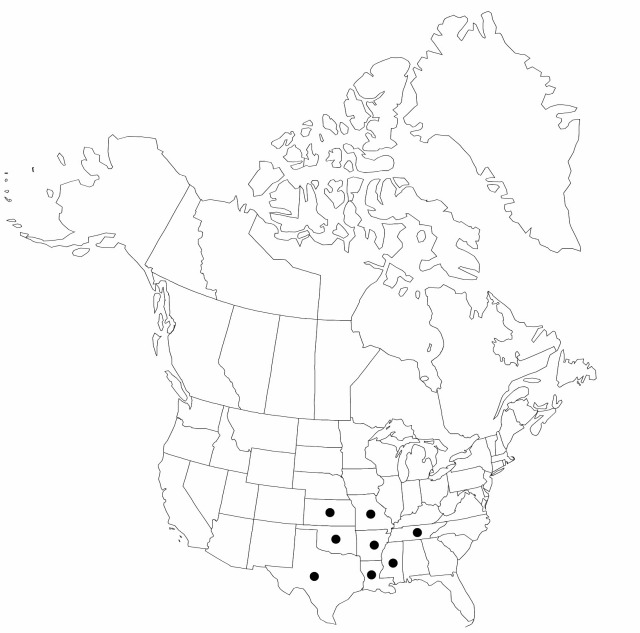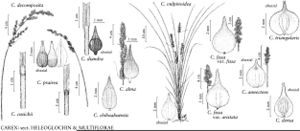Difference between revisions of "Carex triangularis"
Flora 39: 226. 1856.
FNA>Volume Importer |
imported>Volume Importer |
||
| (One intermediate revision by the same user not shown) | |||
| Line 6: | Line 6: | ||
|place=39: 226. 1856 | |place=39: 226. 1856 | ||
|year=1856 | |year=1856 | ||
| + | }} | ||
| + | |special_status={{Treatment/ID/Special_status | ||
| + | |code=F | ||
| + | |label=Illustrated | ||
| + | }}{{Treatment/ID/Special_status | ||
| + | |code=E | ||
| + | |label=Endemic | ||
}} | }} | ||
|basionyms= | |basionyms= | ||
| Line 53: | Line 60: | ||
|publication title=Flora | |publication title=Flora | ||
|publication year=1856 | |publication year=1856 | ||
| − | |special status= | + | |special status=Illustrated;Endemic |
| − | |source xml=https:// | + | |source xml=https://bitbucket.org/aafc-mbb/fna-data-curation/src/2e0870ddd59836b60bcf96646a41e87ea5a5943a/coarse_grained_fna_xml/V23/V23_483.xml |
|genus=Carex | |genus=Carex | ||
|section=Carex sect. Multiflorae | |section=Carex sect. Multiflorae | ||
Latest revision as of 20:41, 5 November 2020
Culms to 100 cm × 2 mm, scabrous. Leaves: sheath fronts spotted red-brown or pale brown, apex short-convex, membranous or slightly thickened, rugose; ligule retuse, to 0.5 mm, free limb to 0.1 mm; blades 70 cm × 5 mm, tip not reaching inflorescence. Inflorescences spicate, 2.5–6 × 1.5 cm, with 10–15 branches, proximal scarcely separate; the proximal internode to 10 mm; proximal bracts setaceous, not conspicuous, distal bracts scalelike. Scales hyaline, brown, awn to 2 mm, usually shorter than scale body. Perigynia yellow-brown, red dotted, 3–5-veined abaxially, body broadly ovate, 2.5–5 × 2.5–3 mm, base rounded; beak 0.8–1.2 mm. Achenes red-brown, elliptic, 1.4–1.6 × 1.2 mm, dull.
Phenology: Fruiting Jun.
Habitat: Open habitats, wet meadows, wet prairies, roadside ditches in seasonally saturated or inundated soils
Elevation: 0–600 m
Distribution

Ark., Kans., La., Miss., Mo., Okla., Tenn., Tex.
Discussion
The red-dotted perigynia of Carex triangularis separates the species from all other taxa in the section; however, it is similar to C. annectens in the relative lengths of leaves and flowering stems, and in the yellow-brown, ovate perigynia that are larger and broader than in C. annectens.
Selected References
None.
